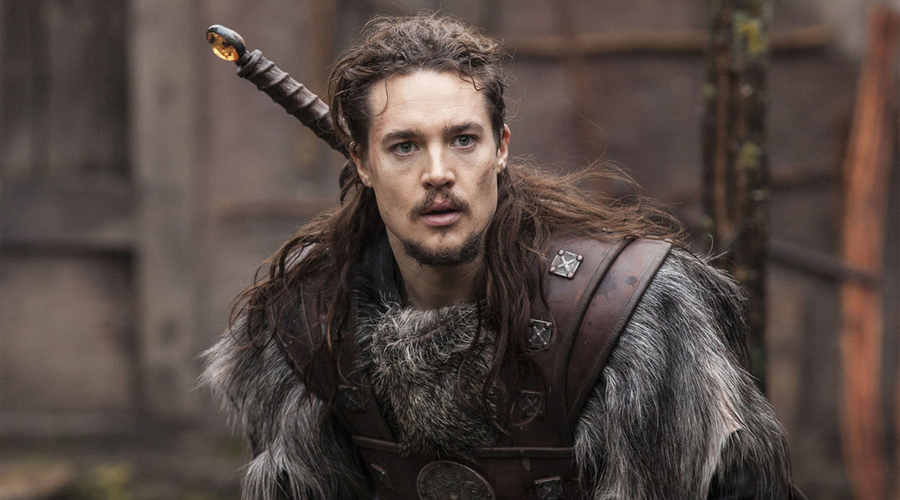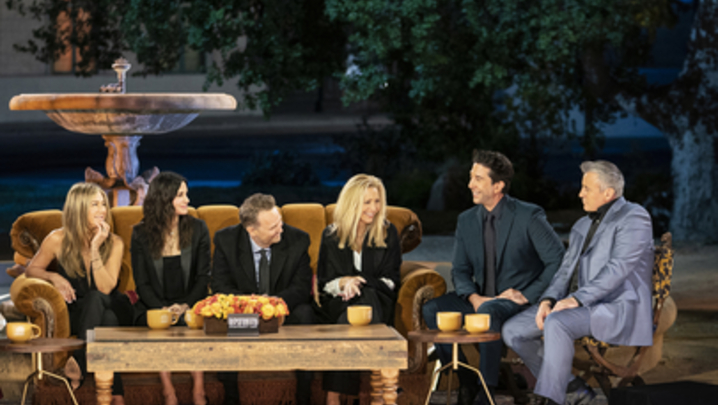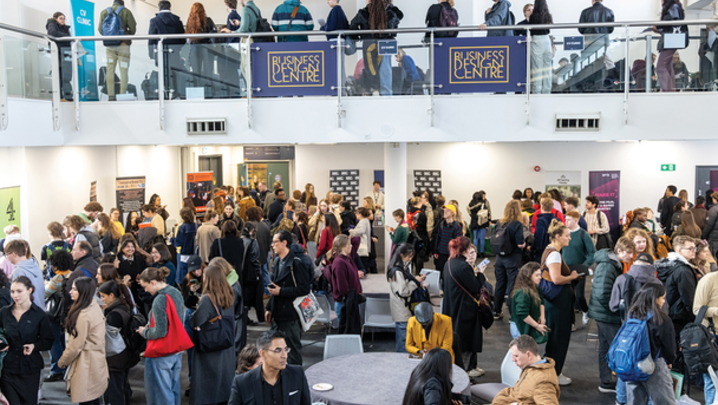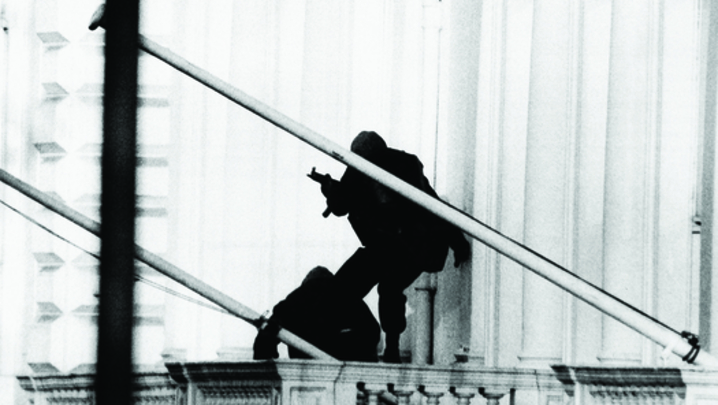Jateen Patel is a senior colourist at renowned Soho post-production facility Molinare.
His work straddles the worlds of TV and film, and includes The Last Kingdom, Starstruck, Rocks, Ali & Ava and Mission: Impossible – Fallout.
What does the job involve?
I implement the final visual look of a production, integrating all its elements, including the shot material and visual effects (VFX). Ideally, you shouldn’t notice what I do because the idea is to create a connection with the viewers that leads them naturally through a show emotionally.
How long do you get to colour and grade a show?
With a show such as BBC Three’s Starstruck or Sky One’s Breeders, I usually get a day or a day and a half to work on it, including sign-off – comedies usually have a quick turnaround.
On a Netflix drama such as The Last Kingdom, I get two-and-a-half days per episode; on a bigger drama, I would get three to four days, possibly five. I’ve done small-budget films in five days but, for bigger-budget films, it can vary between two weeks and a month, which would include all the different release versions.
Which other people and departments do you work with closely?
Creatively, the director and director of photography (DoP) in particular. Normally, I will read the script beforehand and I’ll be sent mood boards and visual references. We then meet in pre-production to discuss the look.
I also work with VFX supervisors, digital imaging technicians, producers, exec producers, post-production supervisors and editors, as well as our internal team of sales and post-production managers, grade assistants and online editors, who are all important in prepping and delivering projects.
What is the balance between technical know-how and artistic flair?
The two work in harmony, but it’s critical to understand the technical side of the job.
How did you become a colourist?
I did science and creative A-levels and took a degree in graphic/web design, but I had no real idea of what I wanted to do once I graduated.
I enjoyed movies and photography, and then one of my friends started to work in visual effects and thought I might like the idea of colour grading. I’d never heard of it before but all the dots connected, so I became a runner and landed my first job soon after, in a film lab called Todd-AO.
That was a great training ground – I would not change that for anything, as I learnt all my basic grading skills on film dailies (the raw, unedited footage, or rushes) and the importance of procedure.
I then had the opportunity to leave dailies and move into finishing at a company called M2. I joined Molinare in 2011 and have worked my way up to senior colourist.
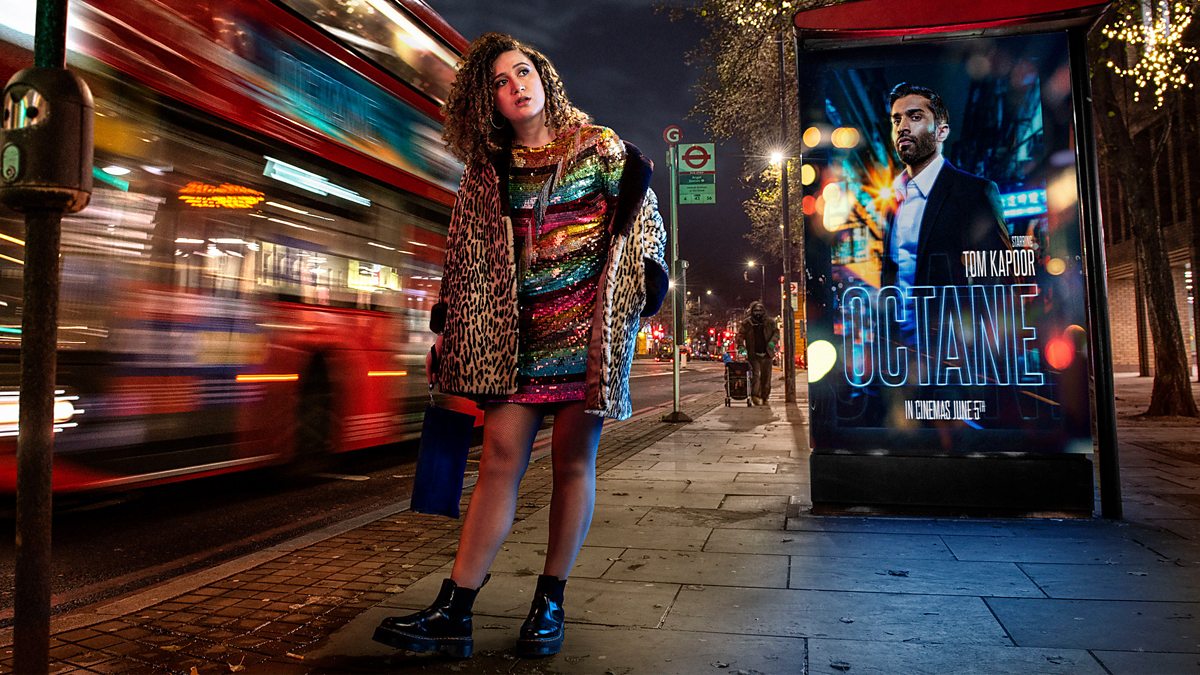
What was the first TV programme you worked on?
I worked on a few TV projects at Todd-AO, doing film rushes but, as a junior colourist at M2 in the mid-2000s, my first project was the movie version of David Attenborough’s Planet Earth. That was a real eye-opener for me.
What is a typical working day like?
My day can vary, but I usually start by looking at anything new on any of the shows/films I’m working on. This is before any clients arrive for the main project/booking of the day.
Often, projects overlap, so you’re juggling jobs at different stages of post- or pre-production. Now, with Covid-19 protocols, a lot of grade viewings are done remotely with clients involved in the UK or abroad.
What do you bring to work with you?
Just my phone for emails, notes and calls – all the kit is at Molinare.
What makes a good colourist?
The ability to listen, interpret and implement first what the director and DoP want, then the producers, execs and anyone else involved – it’s a collaborative job. It’s a good idea to try to bring something different creatively to each project – not every show lends itself to the same set-ups, techniques and style. Experimentation is good: otherwise, you can become stagnant and end up doing the same thing all the time.
Which work are you most proud of?
I put my best into everything I do, so I’m proud of it all. I really enjoyed working on Mission: Impossible – Fallout for its technical challenges. I’m also proud of important films such as Sarah Gavron’s Rocks, Clio Barnard’s Ali & Ava, and collaborating with Reggie Yates on his first feature, Pirates.
On the TV side, The Last Kingdom and Breeders, and a couple of shows I’m working on now: 61st Street, a legal drama set in Chicago, and Extinction, an end-of-the-world drama for Sky.
What’s the best part of the job?
The best is working with so many different people, all of whom have a common goal – to make great shows and films. Then, of course, the thing I really enjoy is the grading.
Are there any tricks of the trade you can share with us?
Keep it simple and get the foundations right. Once you’ve got the contrast of a shot right, you’ll start to see what really needs doing.
What advice would you give to someone wanting to become a colourist?
There are so many different routes into the industry. I started in film lab rushes/dailies and I also did lots of music videos for friends in the early days, which is a great way of gaining experience.
Practice using just the basic “lift, gamma, gain” controls, which is all we had back then. If you can match grade and create different looks this way, then moving to more complicated tools will seem easier.
If you want to work on TV dramas and films, it’s a good idea to work at a finishing post-production facility, starting as a runner, getting to know people, learning from everyone, not just the colourists, and working your way up. Learning on the job is so important – you need the time to make mistakes before you become responsible for bigger productions.
Has the job changed over time?
Since I started in the early 2000s, the grading software has become so advanced – technically, you can do so much more, and there was also the move from film to digital.
Is there a TV series or film genre you’d love to work on?
A South Korean or Hong Kong movie for sure, or a sci-fi, western, Succession or Batman movie. But there is so much that I have worked on, I’m happy.
Senior colourist Jateen Patel was interviewed by Matthew Bell.

